Home>Dining>Tableware>What Thickness Of Foam Is Ideal For Dining Chairs?
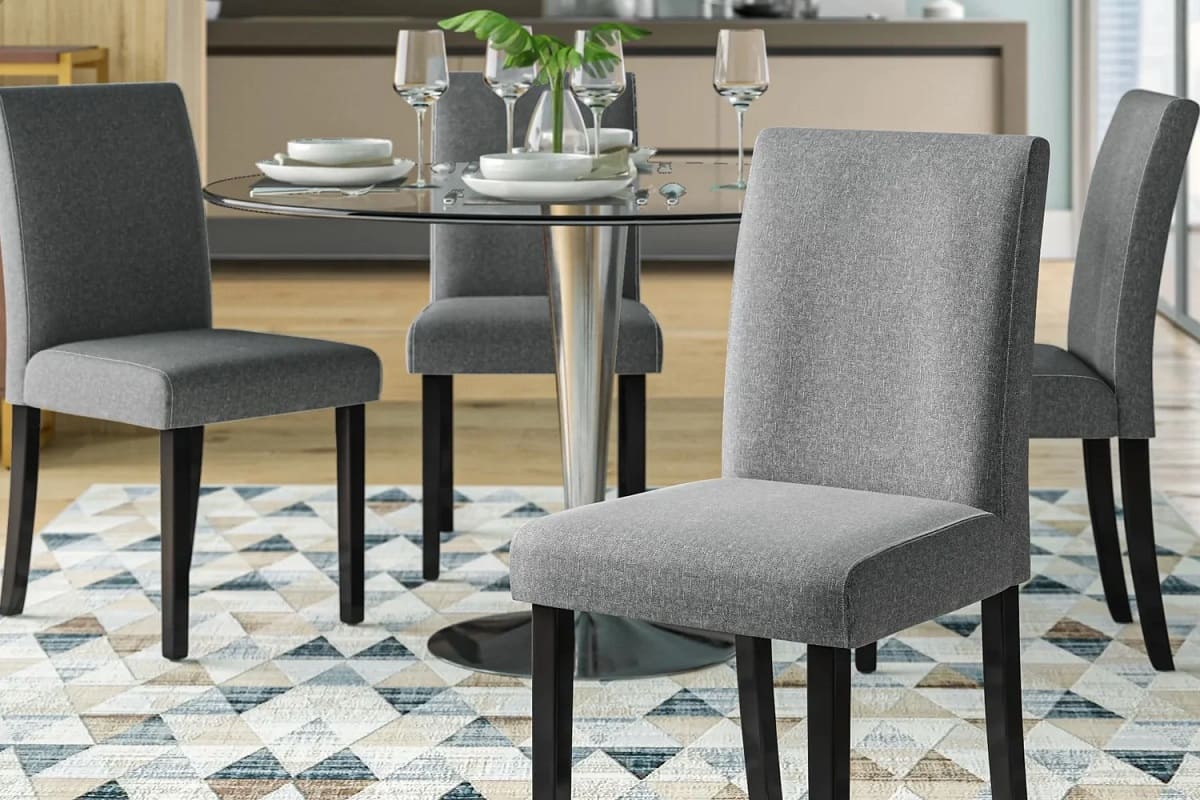

Tableware
What Thickness Of Foam Is Ideal For Dining Chairs?
Modified: December 7, 2023
Find out the ideal thickness of foam for dining chairs and enhance your tableware experience with comfortable seating.
(Many of the links in this article redirect to a specific reviewed product. Your purchase of these products through affiliate links helps to generate commission for Storables.com, at no extra cost. Learn more)
Introduction
Welcome to the world of dining chairs, where comfort and style come together to create the perfect seating experience. While the design, material, and color of dining chairs are usually the focus of attention, one often overlooked aspect is the foam thickness. It may not be the first thing that comes to mind when shopping for dining chairs, but it plays a significant role in providing comfort and durability.
Choosing the right foam thickness for your dining chairs can make a world of difference in terms of comfort and longevity. In this article, we will explore the importance of foam thickness in dining chairs, factors to consider when selecting foam thickness, and recommendations for achieving the ideal balance. Let’s dive in!
Key Takeaways:
- The ideal foam thickness for dining chairs directly impacts comfort, durability, and aesthetics, providing personalized support and enhancing the overall dining experience.
- Factors such as intended use, body weight, and comfort preferences should be considered when choosing foam thickness, ensuring a perfect balance of comfort, support, and style.
Importance of Foam Thickness in Dining Chairs
When it comes to dining chairs, comfort is key. And the foam thickness plays a crucial role in determining the level of comfort they provide. Whether you’re sitting down for a quick meal or hosting a dinner party that lasts for hours, having the right foam thickness can significantly enhance your sitting experience.
One of the main reasons why foam thickness is important is because it directly affects the support and softness of the seat. Thicker foam generally provides better support and offers a more comfortable sitting experience. It helps distribute your weight evenly and reduces pressure points, allowing you to sit for more extended periods without discomfort.
Additionally, the foam thickness also contributes to the durability of your dining chairs. Thicker foam is less prone to compression and sagging over time. It maintains its shape and structural integrity even with regular use, ensuring that your chairs continue to provide optimal comfort for years to come.
Moreover, foam thickness is closely related to the chair’s ability to conform to your body contours. Thicker foam allows for better contouring, adapting to your body shape and providing a more personalized seating experience. This can be particularly beneficial for individuals with specific back or posture issues, as the foam can provide additional support in the areas that need it the most.
Not only does foam thickness affect the comfort and durability of dining chairs, but it also impacts their aesthetic appeal. Thick foam tends to give the chairs a fuller and more plush look, making them visually inviting and luxurious. It adds a layer of sophistication and elegance to your dining space, creating a welcoming ambiance for you and your guests.
In summary, the importance of foam thickness in dining chairs cannot be understated. It directly affects the comfort, durability, and overall aesthetic of your chairs. By selecting the right foam thickness, you can ensure that your dining chairs provide unparalleled comfort and style while elevating your dining experience.
Factors to Consider when Choosing Foam Thickness
When it comes to choosing the ideal foam thickness for your dining chairs, there are several factors that you should take into consideration. These factors will help you determine the right balance between comfort, durability, and aesthetic appeal. Let’s explore these factors in more detail:
- Intended Use: Consider how often the dining chairs will be used and the duration of each use. If you frequently entertain guests or have long meals, opt for thicker foam to ensure maximum comfort over extended periods of sitting.
- Body Weight: Take into account the average weight of the individuals who will be using the chairs. Heavier individuals may require thicker foam to provide the necessary support and prevent premature compression.
- Comfort Preference: Everyone has different comfort preferences when it comes to sitting. Some may prefer a softer cushioning, while others may prefer a firmer support. Consider your own comfort preferences and select foam thickness accordingly.
- Density: Foam density is another important consideration. Higher density foam tends to be more durable and provides better support. A balance between foam thickness and density is crucial to achieve optimal comfort and longevity.
- Chair Design: The design of the dining chairs can also influence the choice of foam thickness. Chairs with a deep seat and ample backrest may require thicker foam to provide the necessary support and cushioning.
- Budget: Lastly, your budget may play a role in determining the foam thickness. Thicker foam is generally more expensive, so it’s important to find a balance between your desired thickness and your budgetary constraints.
By considering these factors, you can make an informed decision when choosing the foam thickness for your dining chairs. It’s important to strike a balance between comfort, durability, and budget, ensuring that your chairs provide optimal comfort while staying within your desired price range.
Remember, each factor is subjective and may vary depending on individual preferences and requirements. Therefore, it’s essential to assess your unique needs and prioritize accordingly to find the perfect foam thickness for your dining chairs.
When choosing foam for dining chairs, a thickness of 1-2 inches is ideal for comfort and support. Thicker foam may make the chair too soft, while thinner foam may not provide enough cushioning.
Recommendations for Foam Thickness in Dining Chairs
While there is no one-size-fits-all answer for the ideal foam thickness in dining chairs, there are some general recommendations that can help guide you in making the right choice. These recommendations are based on achieving a balance between comfort, support, and durability. Let’s explore them:
- Standard Thickness: For most dining chairs, a foam thickness of 1.5 to 2 inches is considered to be the standard. This thickness provides a good balance between comfort and support, making it suitable for everyday use.
- Enhanced Comfort: If you prioritize comfort and want a more plush sitting experience, opt for a foam thickness of 2.5 to 3 inches. This thicker foam will provide added softness and contouring, perfect for long meals or extended sitting sessions.
- Heavy-Duty Use: If your dining chairs will be subject to heavy-duty use or if you have a larger body frame, consider thicker foam ranging from 3 to 4 inches. This extra thickness will ensure optimal support and prevent premature sagging or compression.
- Customizability: Some manufacturers offer the option to customize the foam thickness for your dining chairs. This allows you to tailor the seating experience to your specific preferences and requirements. If customization is important to you, consider working with a manufacturer that offers this flexibility.
It’s important to note that these recommendations are not set in stone and can be adjusted based on your individual needs and preferences. Ultimately, the ideal foam thickness for your dining chairs will depend on factors such as intended use, body weight, and personal comfort preferences.
When shopping for dining chairs, consider trying out different foam thicknesses to get a feel for what works best for you. Sit on the chairs and assess the level of comfort and support they provide. Keep in mind that foam density and quality are also important factors to consider alongside thickness.
By taking these recommendations into account, you can make an informed decision and choose the foam thickness that will provide optimal comfort and durability for your dining chairs.
Benefits of Using the Ideal Foam Thickness
Using the ideal foam thickness in your dining chairs comes with a myriad of benefits that enhance both comfort and longevity. Let’s explore the advantages of using the right foam thickness:
- Superior Comfort: The primary benefit of using the ideal foam thickness is the enhanced level of comfort it provides. Thicker foam offers better support, ensuring that you can sit for extended periods without experiencing discomfort or pressure points.
- Long-Lasting Durability: Opting for the right foam thickness ensures the longevity of your dining chairs. Thicker foam is less prone to compression and sagging, maintaining its shape and structural integrity over time. This means that your chairs will continue to provide optimal comfort and support for years to come.
- Personalized Seating Experience: The ideal foam thickness allows your dining chairs to conform to your unique body contours. This personalized seating experience ensures maximum comfort and support, as the foam adapts to your body shape and provides targeted cushioning where needed.
- Improved Posture: Using the right foam thickness can help improve your posture while sitting. Thicker foam provides better support for your back, reducing strain and promoting a more comfortable and ergonomic seating position. This can be especially beneficial for individuals with back issues or those who spend long hours at the dining table.
- Enhanced Aesthetics: The thickness of the foam can impact the overall look and feel of your dining chairs. Thicker foam gives the chairs a more plush and luxurious appearance, adding a touch of elegance and sophistication to your dining space.
- Flexibility and Customization: With the right foam thickness, you have the flexibility to customize your seating experience. You can choose the level of softness or firmness that suits your preferences, tailoring it to your individual needs and ensuring the perfect balance of comfort and support.
By using the ideal foam thickness, you can truly maximize the comfort and enjoyment of your dining experience. Whether you’re hosting a dinner party or simply enjoying a meal with your family, your dining chairs can provide the perfect combination of comfort, support, and style.
Investing in the right foam thickness is an investment in your overall well-being and satisfaction with your dining chairs. It ensures that you can sit comfortably for hours, while also prolonging the lifespan of your chairs. With the numerous benefits it offers, using the ideal foam thickness is a decision that you won’t regret.
Conclusion
Choosing the right foam thickness for your dining chairs is not just a matter of aesthetics, but it directly impacts the comfort, durability, and overall satisfaction of your seating experience. By taking into consideration factors such as intended use, body weight, comfort preferences, and chair design, you can make an informed decision when selecting the foam thickness.
Remember that everyone’s preferences and requirements may vary, so it’s important to find the right balance for you. Whether you opt for a standard thickness for everyday use or prefer a thicker foam for enhanced comfort, the goal is to achieve a seating experience that meets your individual needs.
Using the ideal foam thickness offers a myriad of benefits, including superior comfort, long-lasting durability, personalized seating experience, improved posture, enhanced aesthetics, and customizable options. It ensures that your dining chairs provide optimal support, maintain their shape over time, and create an inviting ambiance in your dining space.
When shopping for dining chairs, don’t overlook the importance of foam thickness. Take the time to test different options and find the one that offers the perfect balance of comfort, support, and style. Investing in the right foam thickness is an investment in your comfort and satisfaction for years to come.
So, the next time you gather around your dining table, you can do so with the confidence that your chairs provide exceptional comfort and ensure a pleasurable dining experience for you and your loved ones.
Remember, the ideal foam thickness is subjective and depends on individual preferences and requirements. By considering the factors discussed in this article and exploring different options, you can find the foam thickness that suits your needs and brings your dining chairs to a whole new level of comfort.
Frequently Asked Questions about What Thickness Of Foam Is Ideal For Dining Chairs?
Was this page helpful?
At Storables.com, we guarantee accurate and reliable information. Our content, validated by Expert Board Contributors, is crafted following stringent Editorial Policies. We're committed to providing you with well-researched, expert-backed insights for all your informational needs.


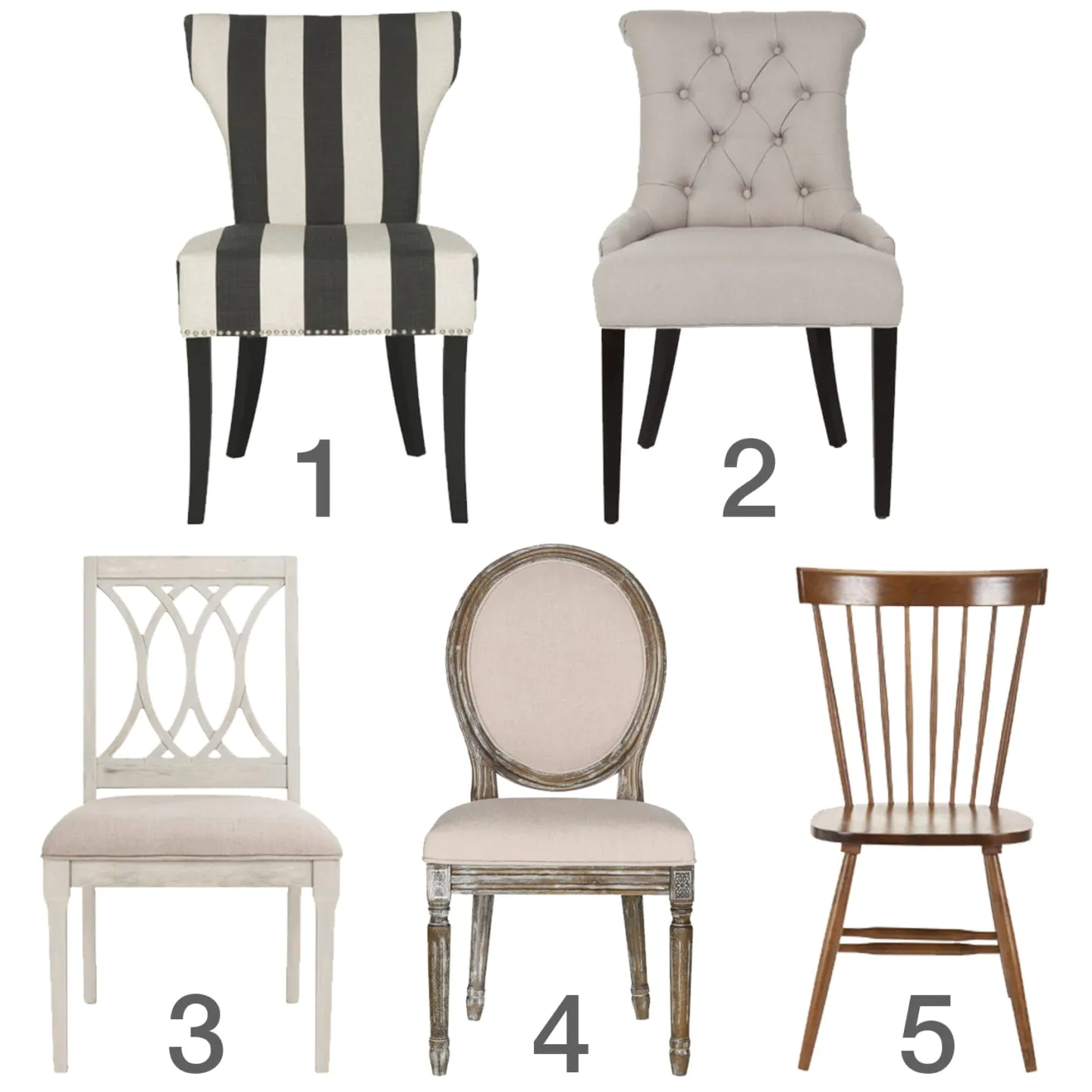
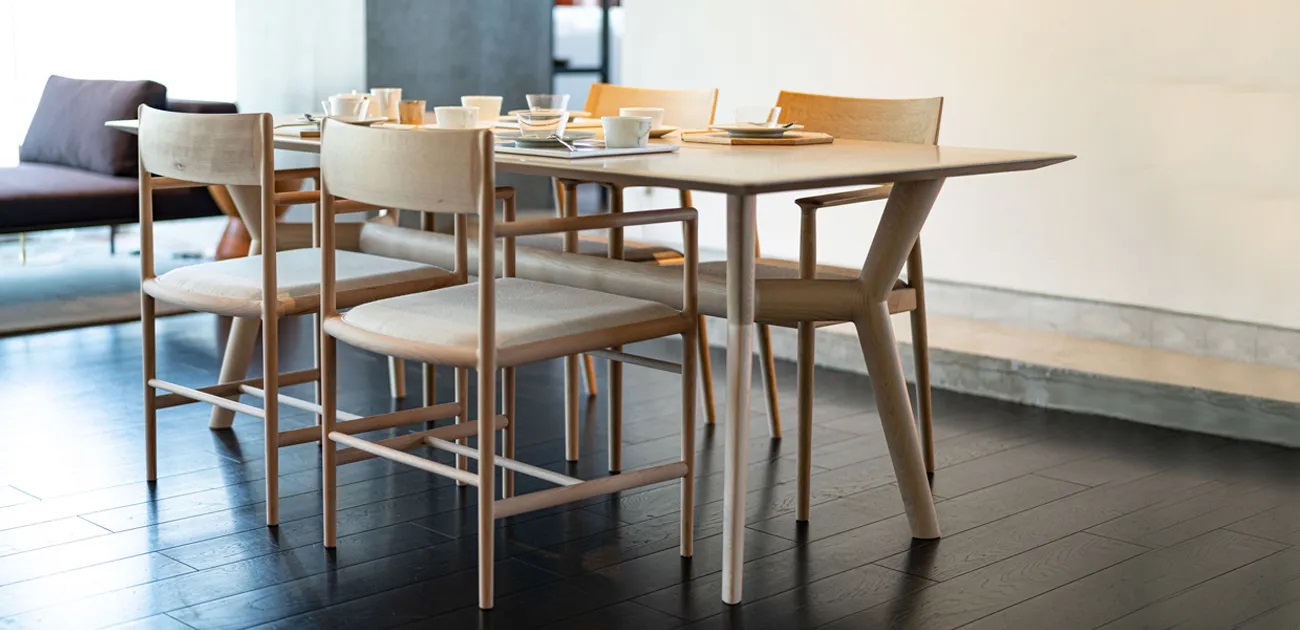
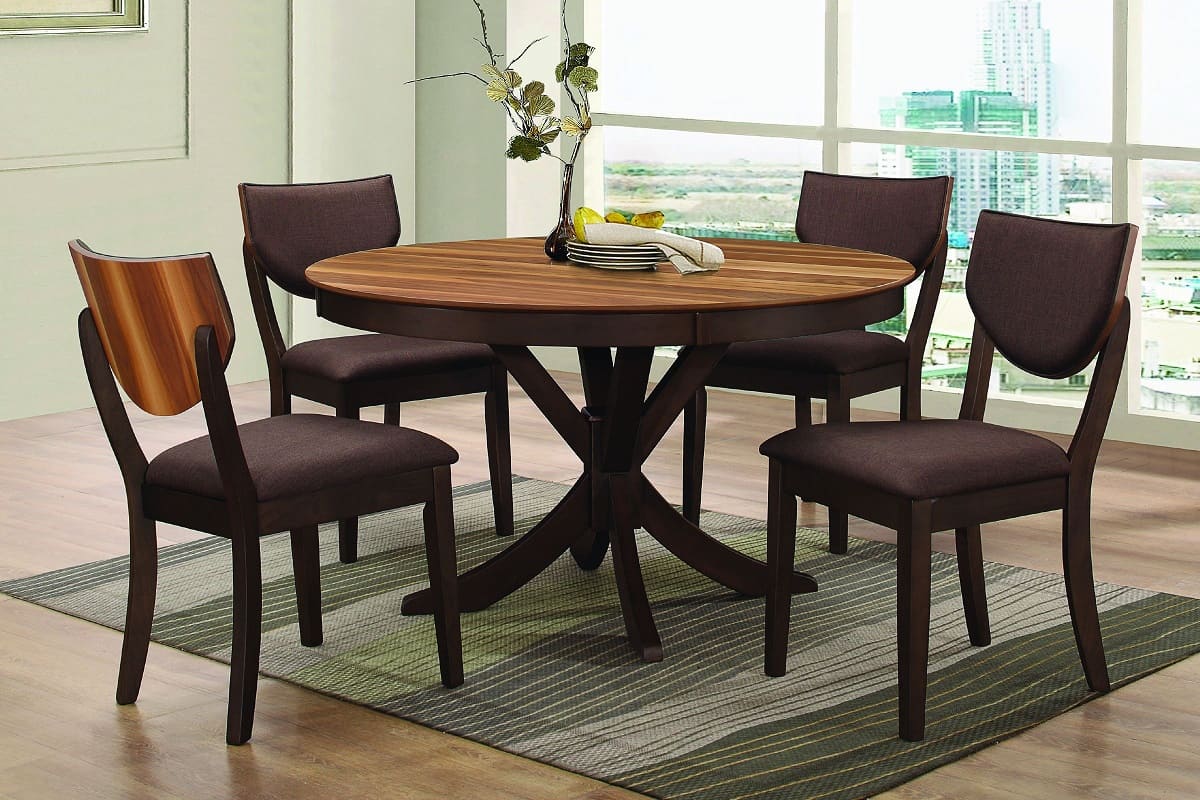
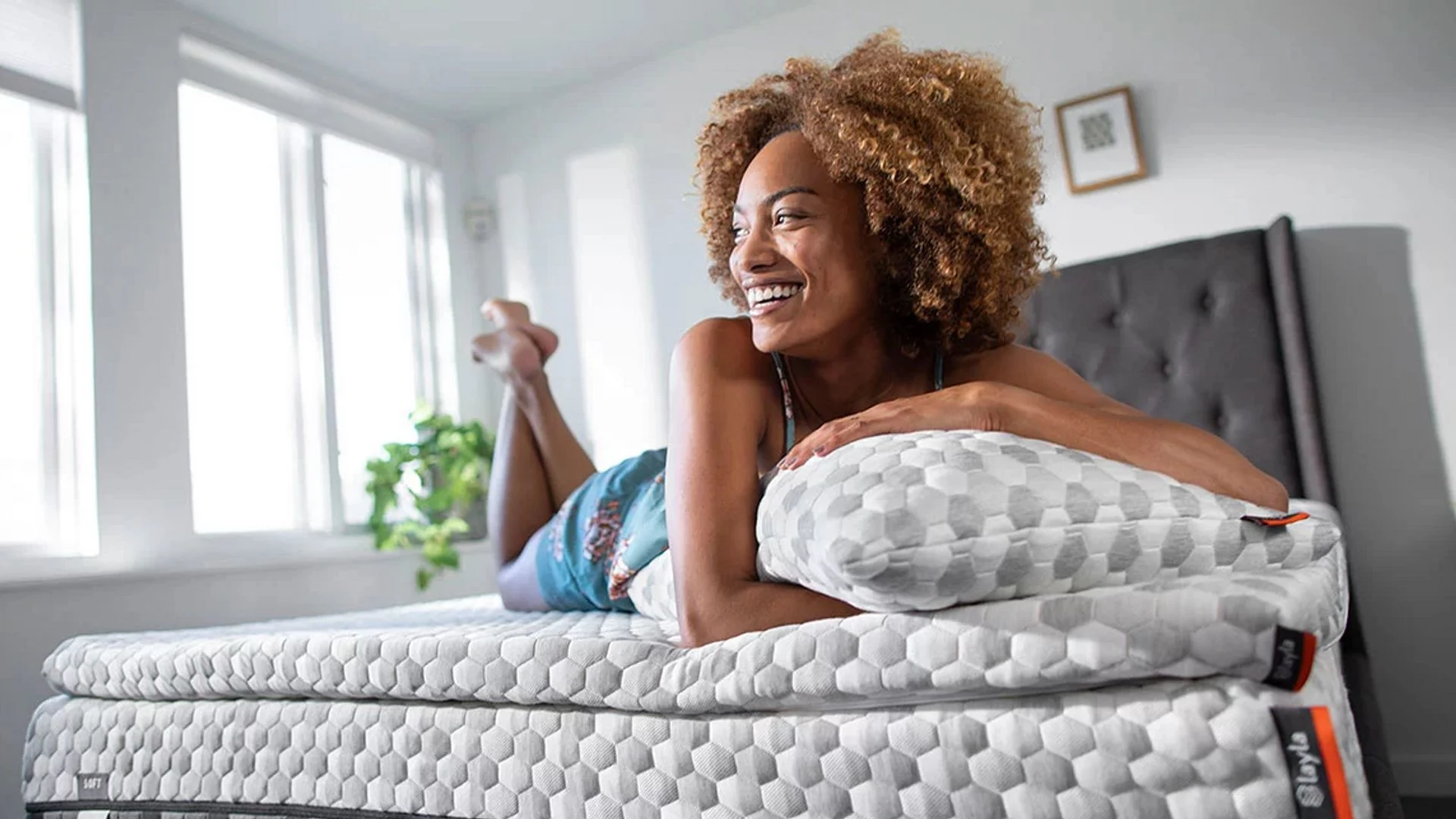
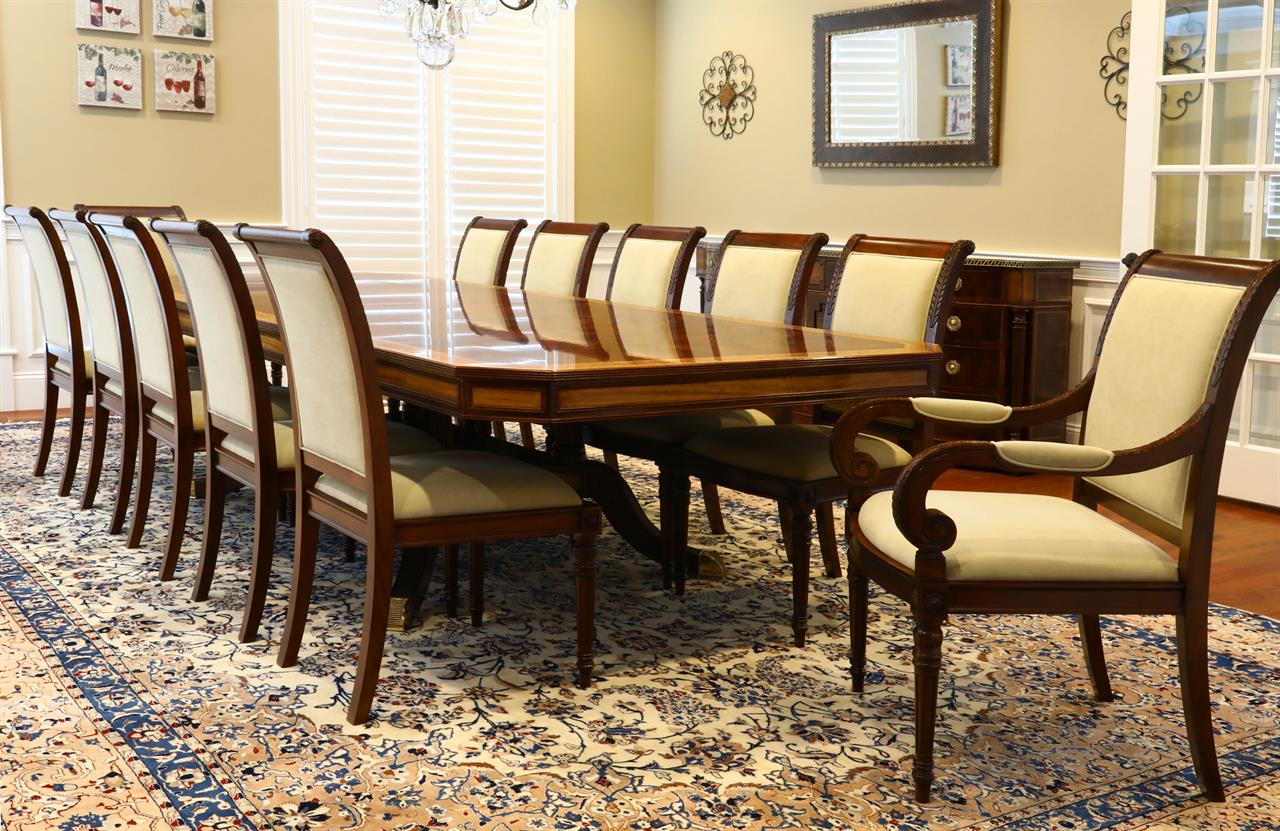
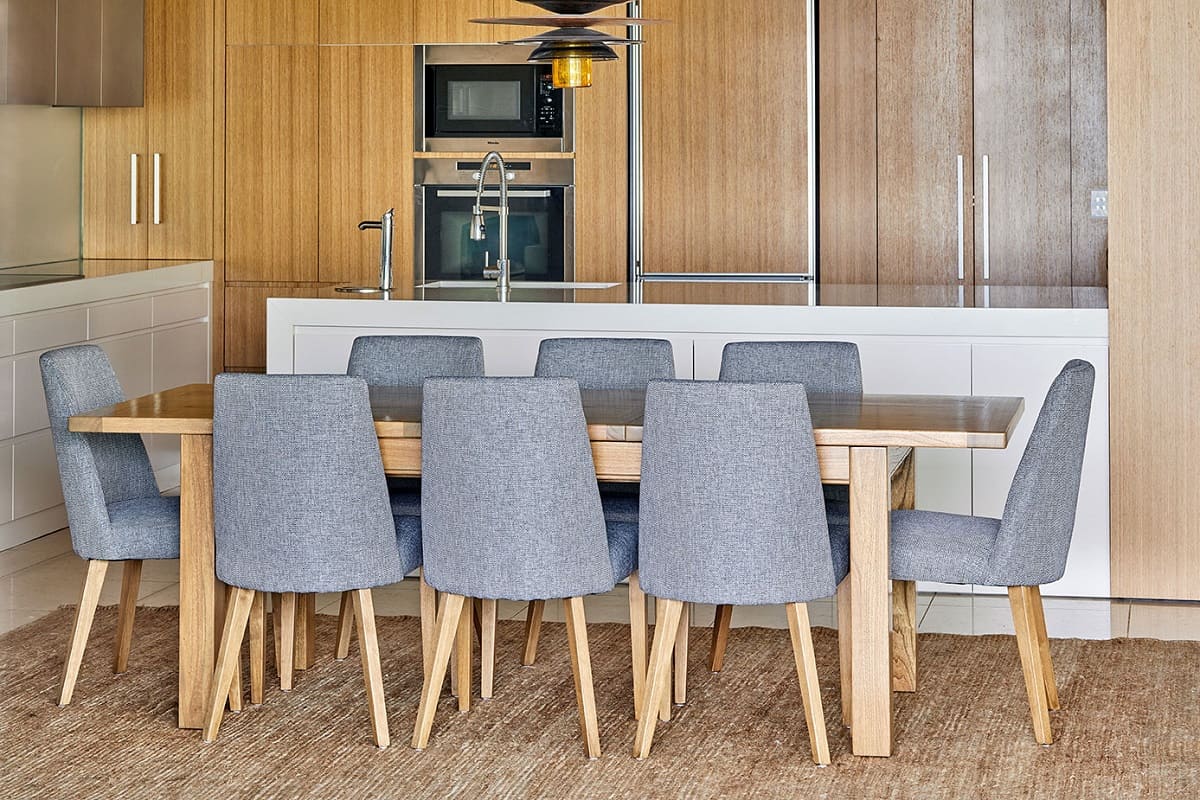



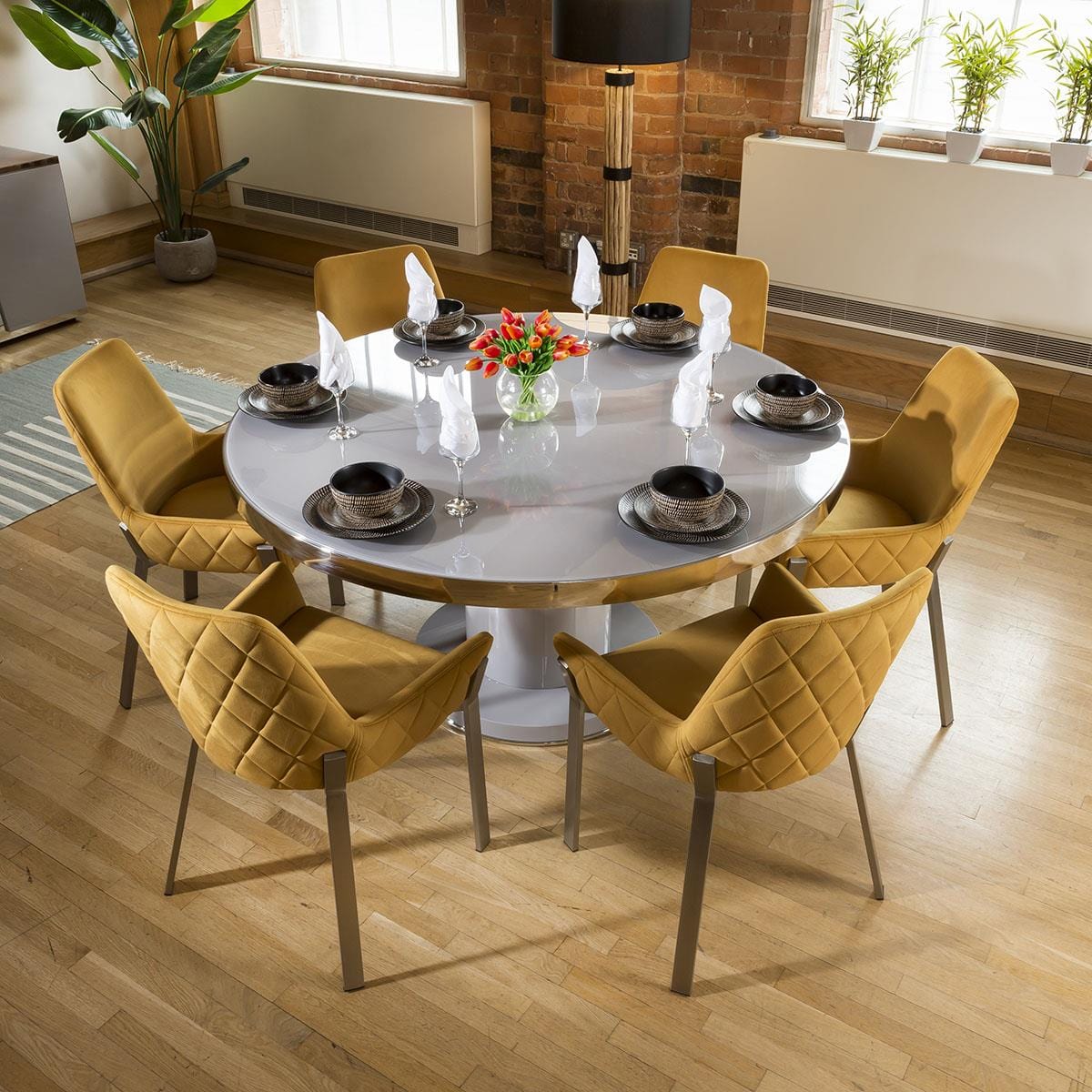



0 thoughts on “What Thickness Of Foam Is Ideal For Dining Chairs?”